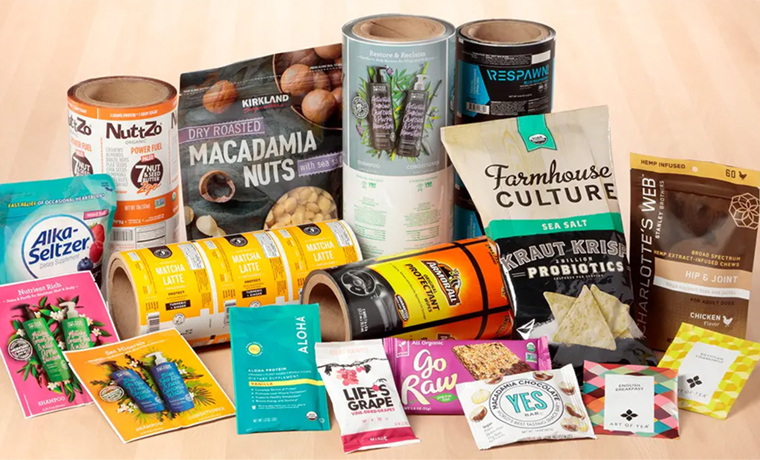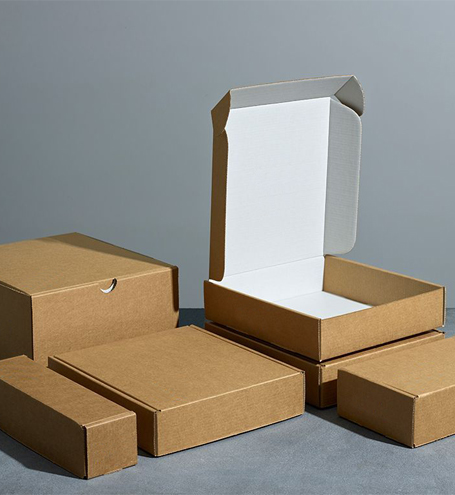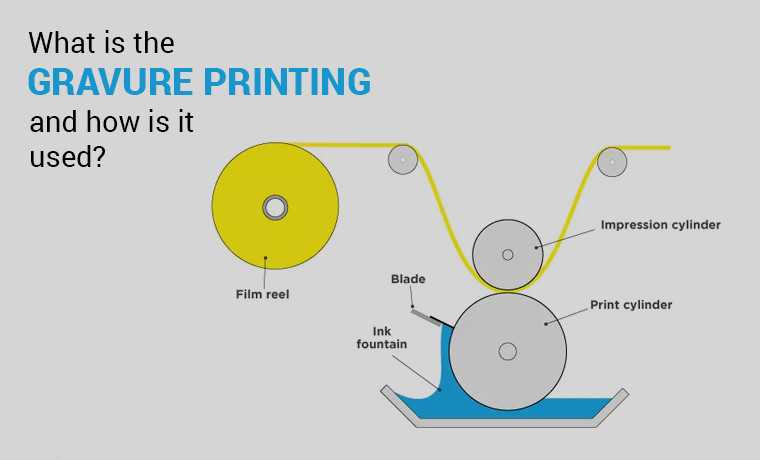What You Should Know About Flexible Packaging
November 24, 2025

Forget everything you thought you knew about packaging. Because flexible packaging is not just evolving the industry, it is transforming how products of every size and type are stored, shipped, and sold.
If your business isn’t leveraging this solution, you’re leaving massive opportunities and profits on the table.
“According to PMMI, 75% of food brands are shifting to flexible packaging.”
“Flexible packaging reduces transportation emissions by up to 40%.” – Source: SPI Report
Flexible packaging is the secret weapon fueling a $259 billion market that’s set to reach $406 billion by 2032. Why? Because it delivers unmatched adaptability, slashes costs, and ticks every box on sustainability, making it ideal across food, medical, pharma, and countless other sectors.
Ready to dominate your market and stay ahead of the curve? This blog is your ultimate guide to understanding what flexible packaging is inside and out, from types and materials to undeniable benefits. Buckle up, because the future of packaging starts here.
Understanding Flexible Packaging
The flexible packaging, by the name itself, describes a non-rigid and versatile packaging solution. It is made from materials such as:
- Paper
- Plastic
- Films
- Foil
- A blend of all of the above materials
Unlike rigid boxes, it is adaptable to change its shape in case of filling or usage. They are easy to bend and fold into different shapes, which makes them perfect for businesses and customers.
Choosing The Right Flexible Packaging Materials
What is flexible packaging material? Making the right selection of material has a significant impact on overall product packaging. The same is true with flexible packaging. You must be sure that the material is carefully chosen.
From product compatibility and protection to sustainability, the right material choice matters a lot. Let’s explore some types of materials used in manufacturing flexible packaging.
Corrugated Cardboard:
An excellent choice as it offers extreme protection against moisture, light, and various damaging factors during transit.
Bioplastics:
Derived from renewable resources, such as corn or sugarcane, is more eco-friendly than conventional plastic packaging and reduces the carbon footprint.
UV Protective Films:
Specialized polymer films are designed to block harmful UV radiation. It prevents the degradation of packaged products and maintains product quality by protecting their color and texture.
Brown Kraft Paper:
Made from wood pulp and known for its strength and durability. Good for wrapping, custom pouches, and bags.
Polymer Films:
Widely used in the food and pharmaceutical industry due to their flexibility and durability. Its most common types are LDPE, LLDPE, BOPP, BOPET, and nylon.
Aluminum Foil:
Shaped to form flexible packagings such as trays and lids, and offers an efficient barrier against oil and moisture.
Flexible Packaging Material Comparison Chart
Look at the material chart below for clarity.
| Features | Barrier Properties | Sustaiability | Best for |
| BOPP | Moisture-resistant | Recyclable with proper disposal | Snacks, dry goods |
| Aluminum Foil | Oxygen & moisture barrier | Non-recyclable unless separated | Pharmaceuticals |
| Bioplastics | Moderate protection | Biodegradable or compostable | Eco-brands |
| Kraft Paper | Low barrier | Fully recyclable & compostable | Natural products |
Different Types of Flexible Packaging

Flexible packaging has revolutionized the industry. Some common types of flexible packaging offering versatility and cost-efficiency are here.
Stand Up Pouches:
A well-known form of packaging made out of thin plastic, metal, or paper material works best for:
- Tablets
- Liquids
- Creams
- Granular powders
These lightweight pouches are most commonly used in the food, beverage, and pharmaceutical industries as they offer protection to the product. Plus, they are easy to carry, distribute, and transport.
Sachets:
Small sealed packages are designed for single use. But it is different from pouches in which a low quantity of the content is sealed on all four sides. You can find this sachet packaging in the form of laminated paper or PET film. Alcohol wipes are one of its examples.
Twist Wrappers:
Another type of flexible packaging is made from cellophane and used for those products that require no protection barriers. Many brands consider this packaging for their branded products to create a unique identity for their brands before customers. Candies and confectionery products packed in twist wrappers are examples of better understanding.
Top 6 Key Benefits Of Flexible Packaging

Now, let’s count the advantages of flexible packaging.
1. Endless Customizable Designs
You can find countless customization options from sizes and shapes to using vibrant colors and captivating graphics with a brand logo. They can be manufactured in spouted, stand-up, or flat pouches.
2. Lightweight and Cost-Effective
This packaging is light in weight as compared to rigid boxes, which leads to lowering cost as it is made with less materials and can be stacked or compressed during shipping, which optimizes the storage capacity.
3. Extended Product Shelf Life
The advanced barrier properties of this packaging protect products from moisture, oxygen, and light and keep them fresh longer.
4. Enhanced Product Protection
It acts as a shield against contamination and spoilage. As a result, the product inside this package maintains its quality for an extended time.
5. Powerful Marketing Impact
Flexible packaging is an excellent choice for branding. Your logo printed on this packaging type, like stand-up pouches, leaves a lasting impact and makes your product stand out on the shelves.
6. Caring for The Environment
The materials used in manufacturing this flexible packaging can be easily disposed of, which helps in minimizing landfills and contributing to saving the environment.
Last Words
Flexible packaging produced from adaptable materials, from paper and plastic, to film and aluminum foil, is easy to fold and bend, or shape. Its lightweight materials offer protective properties and customizable design options. Wraps, roll stock, custom bags, and pouches offer convenience to your products and come under the umbrella of flexible packaging.
By choosing the right flexible packaging, you not only extend your product’s shelf life and enhance market appeal but also contribute to environmental sustainability.
Ready to explore flexible packaging solutions for your products? Contact Custom Product Packaging today by writing us an email at orders@customproductpackaging.com.





